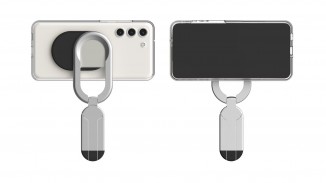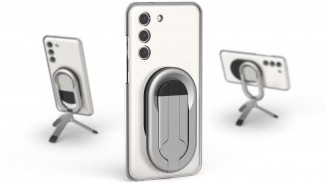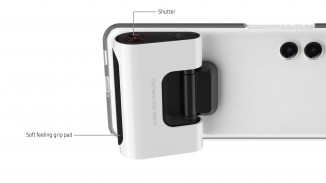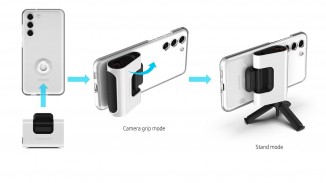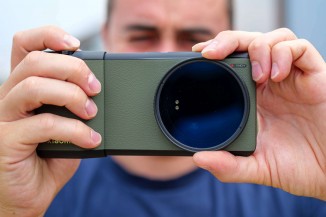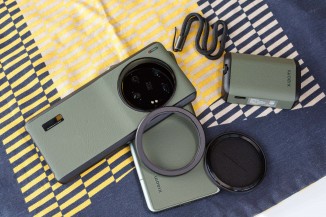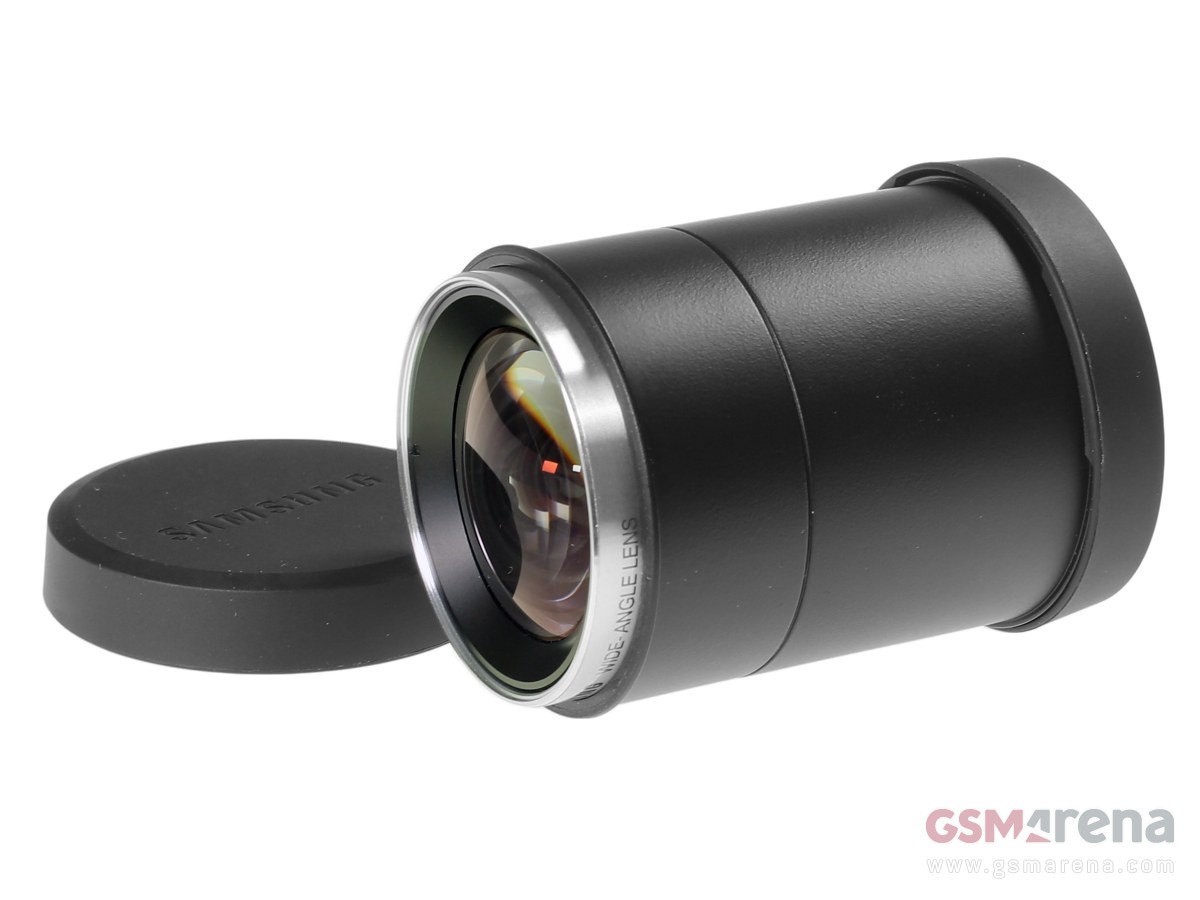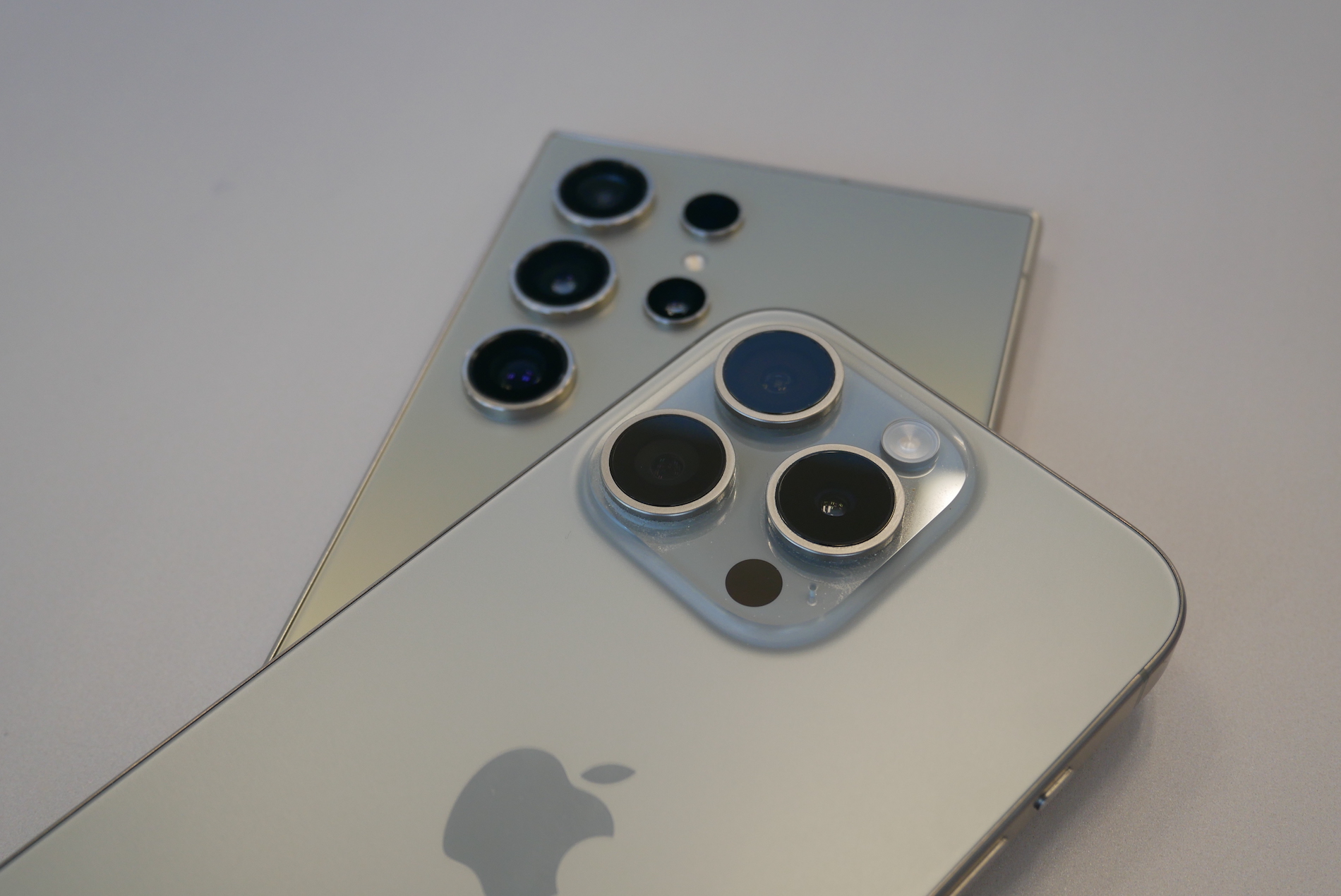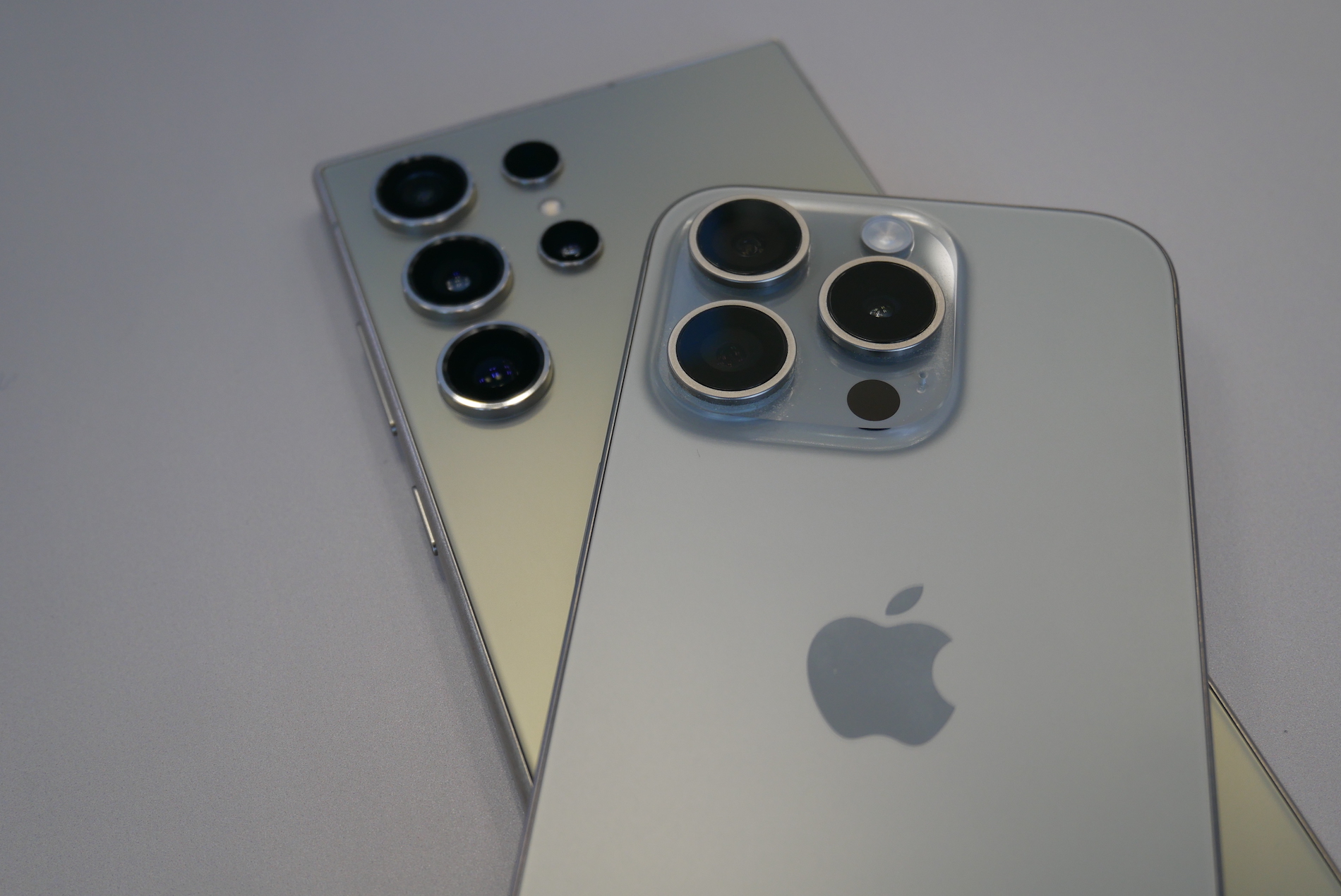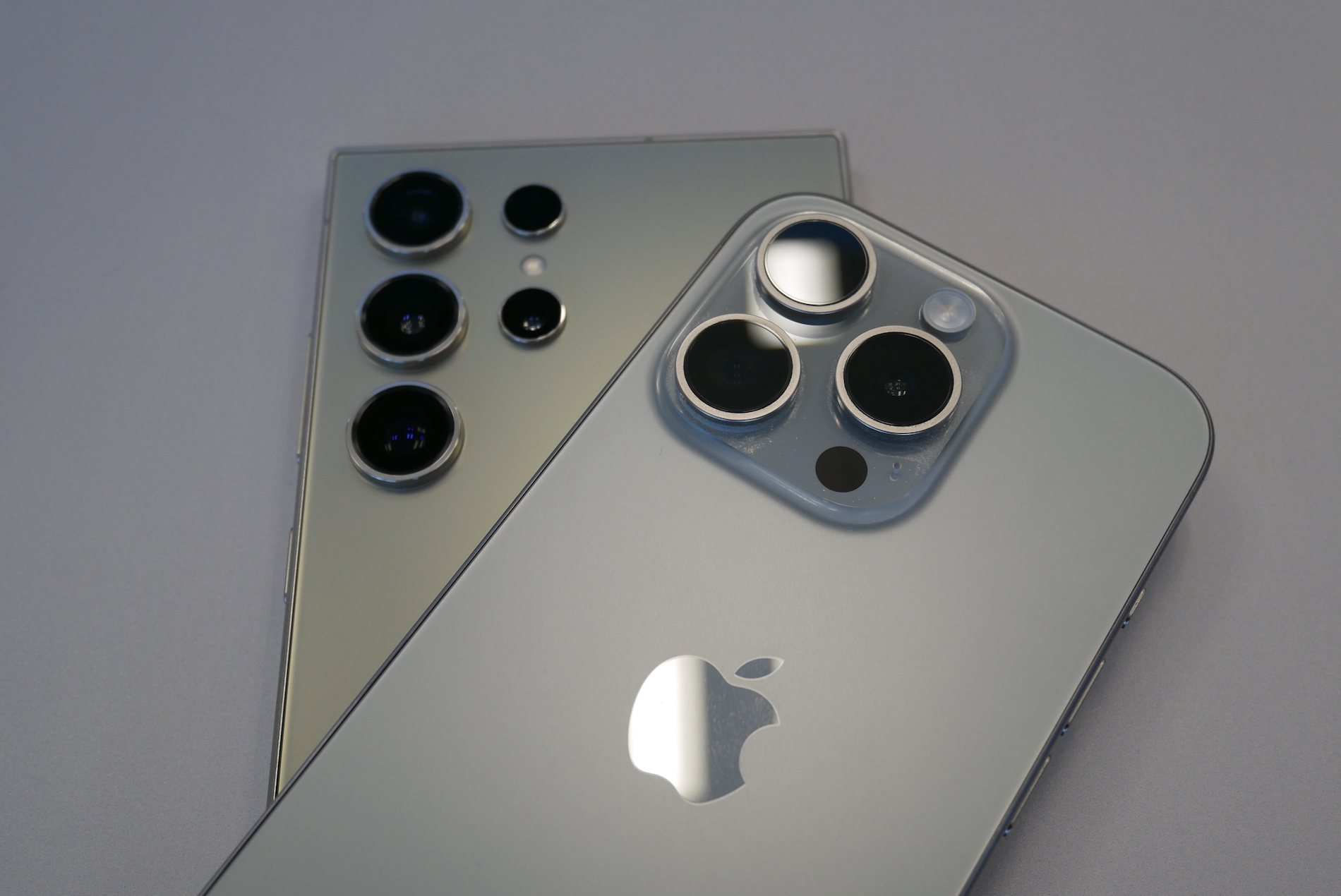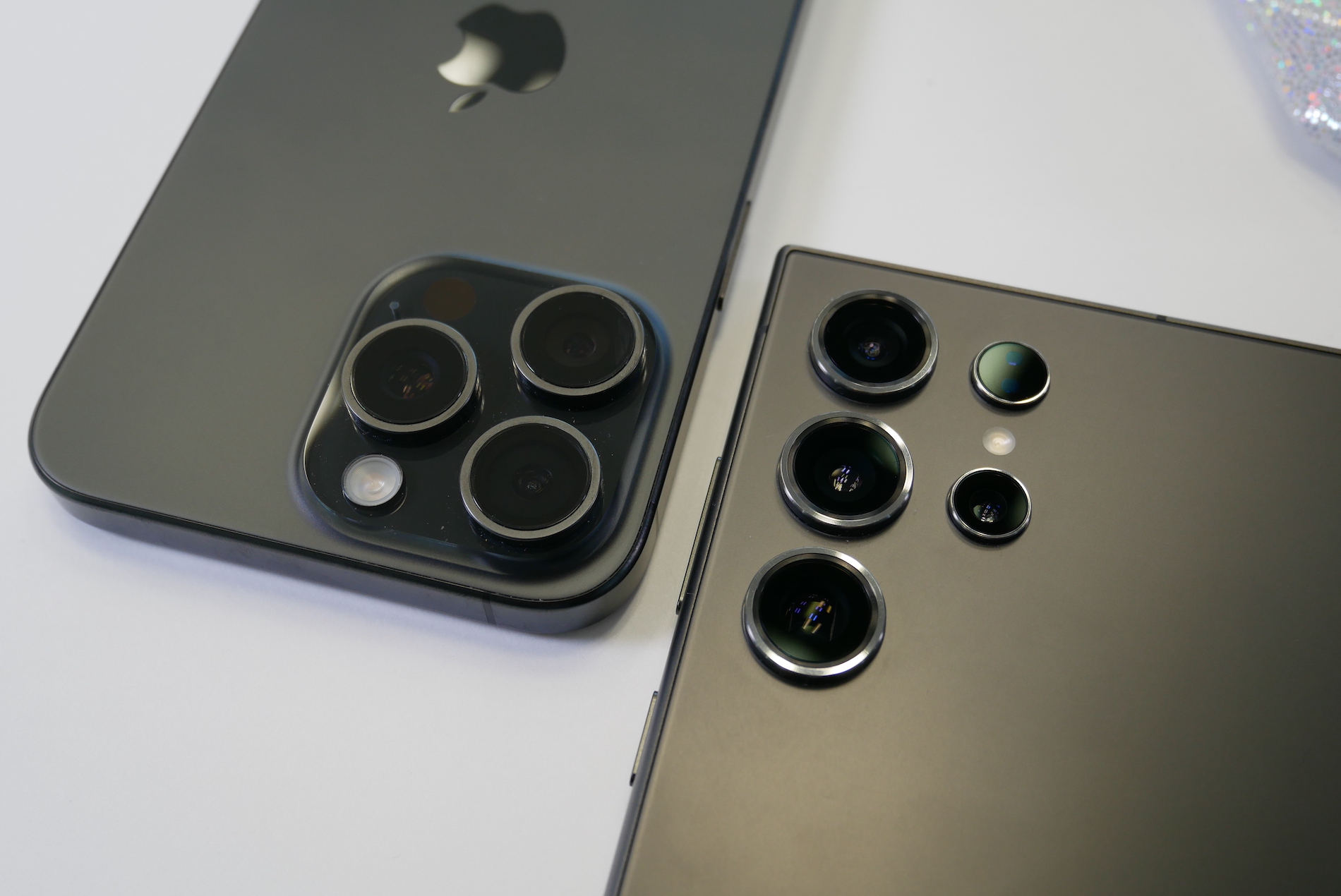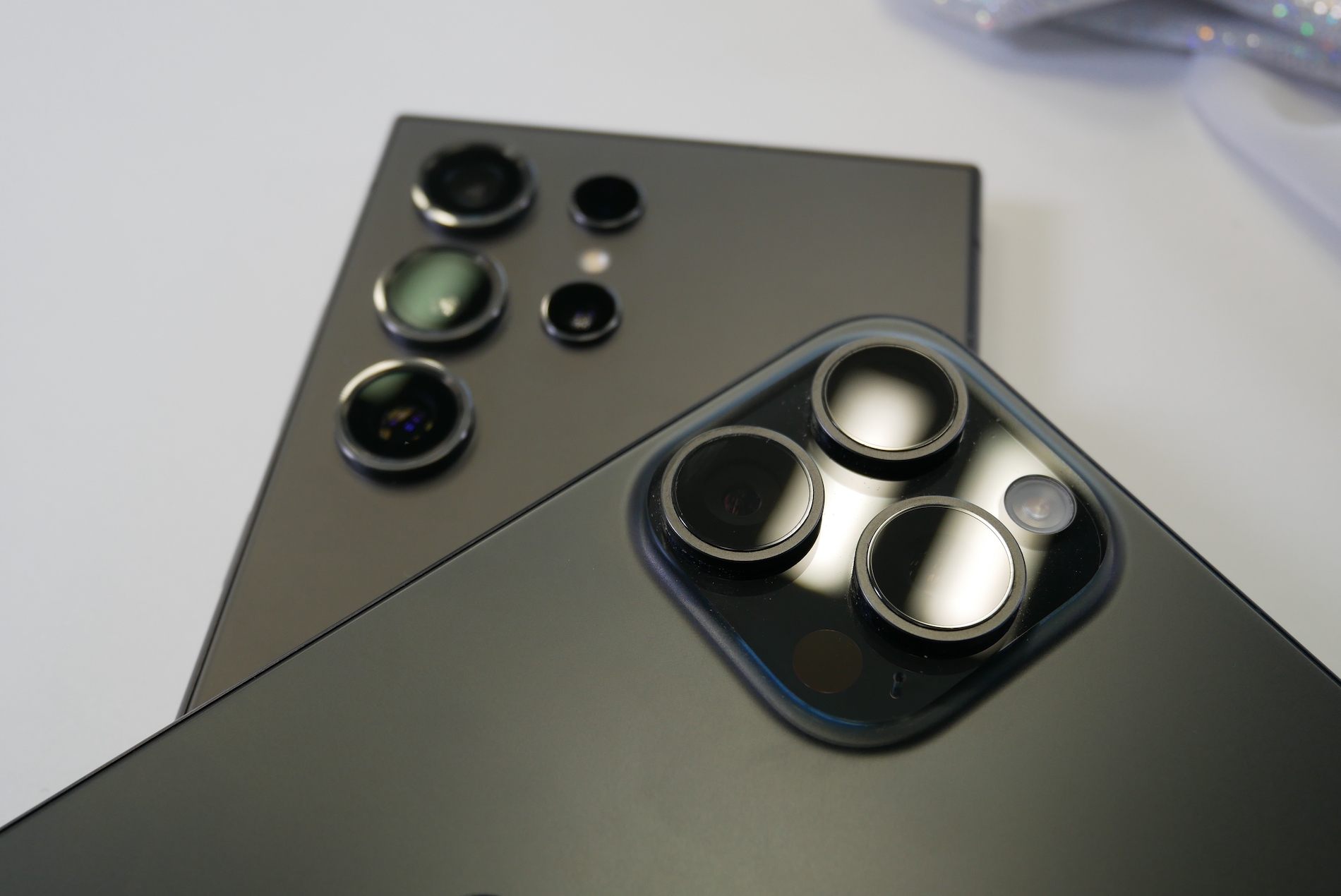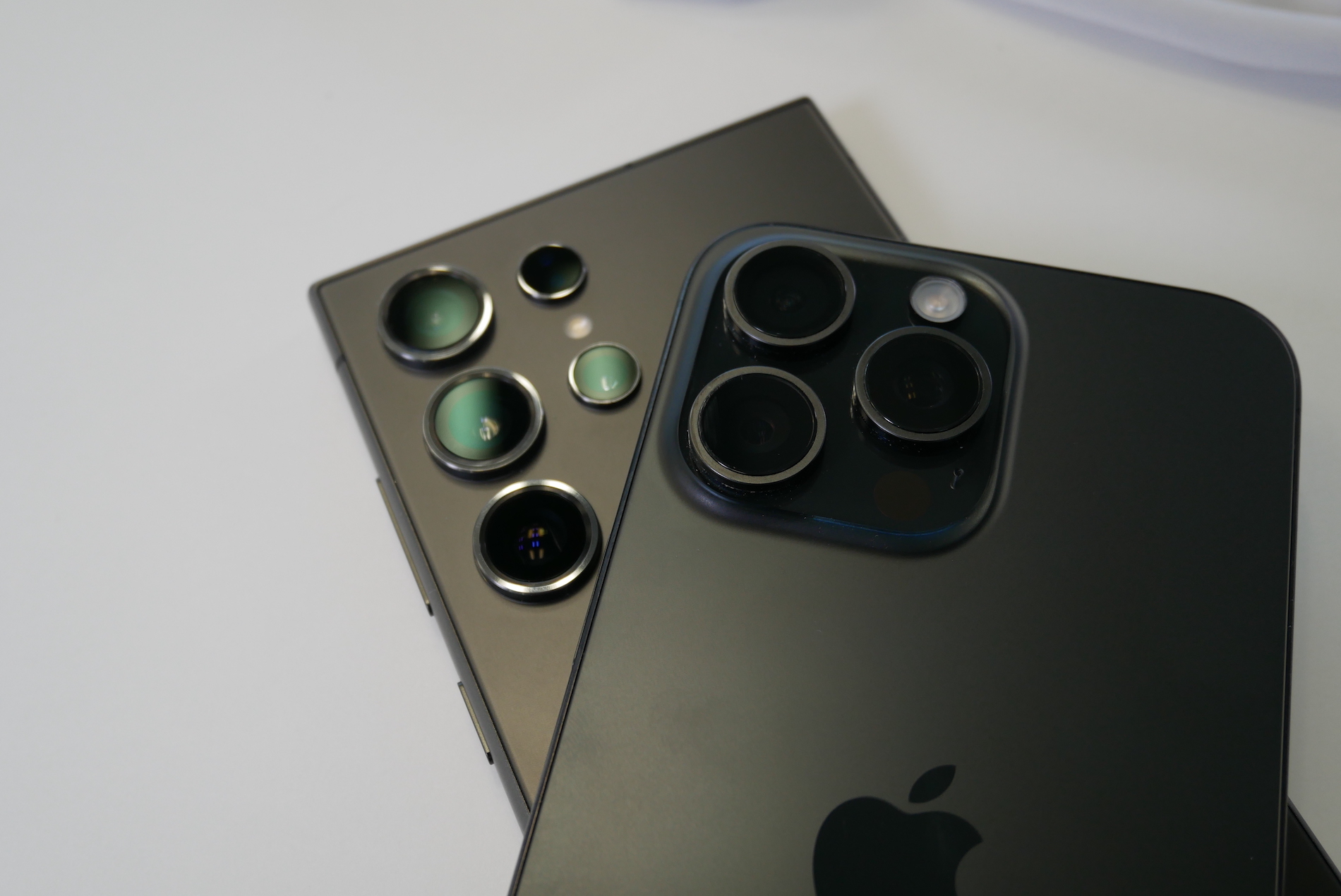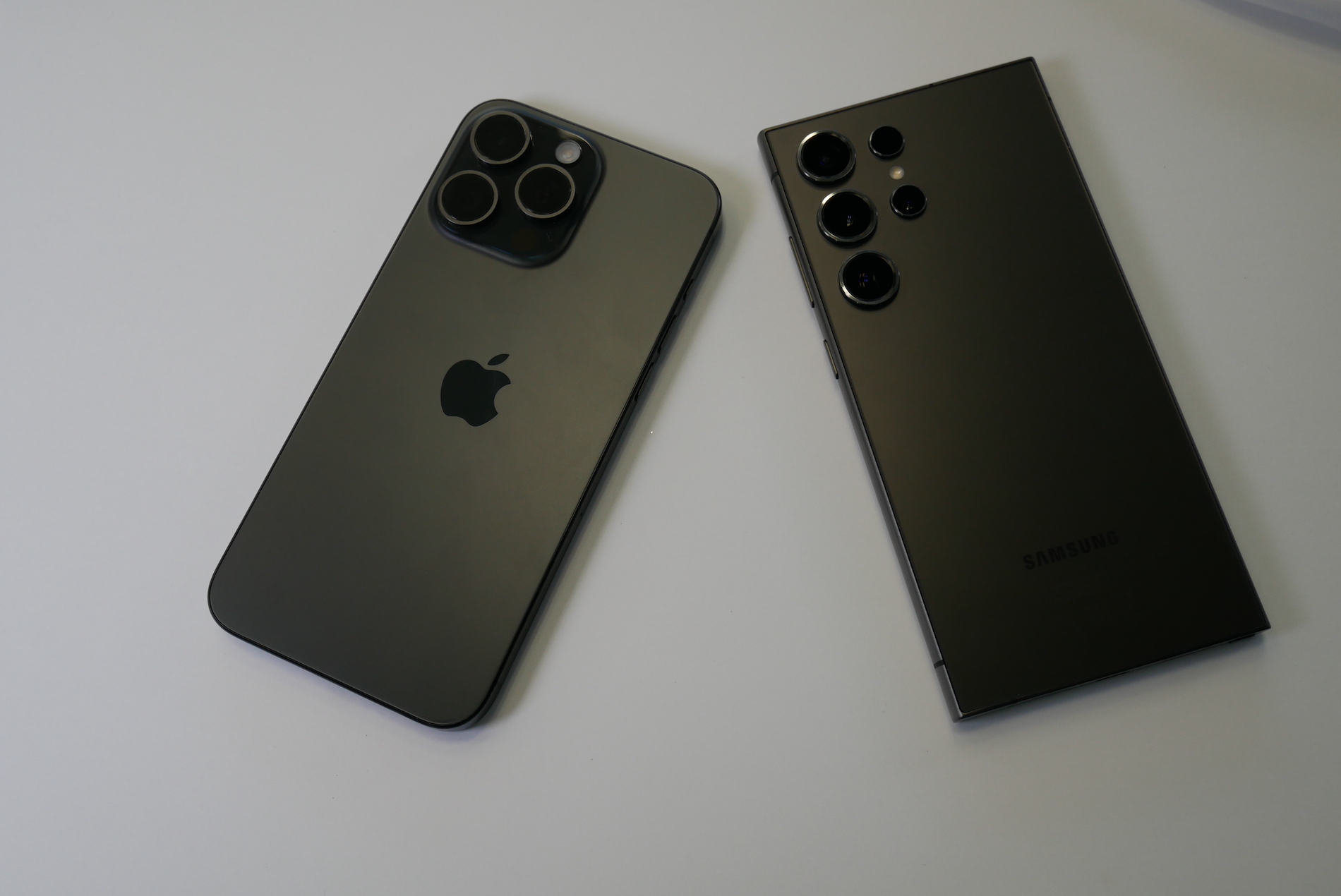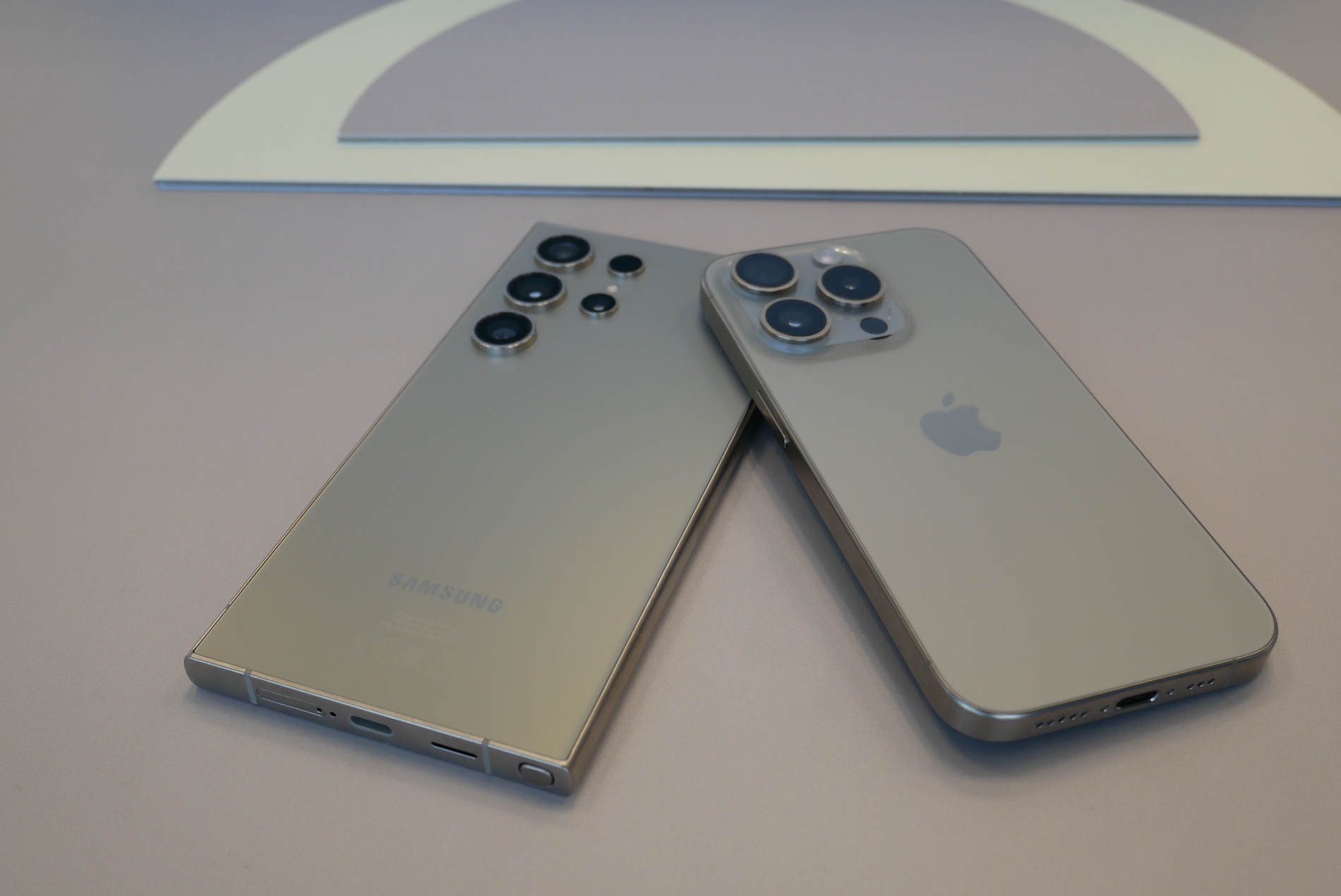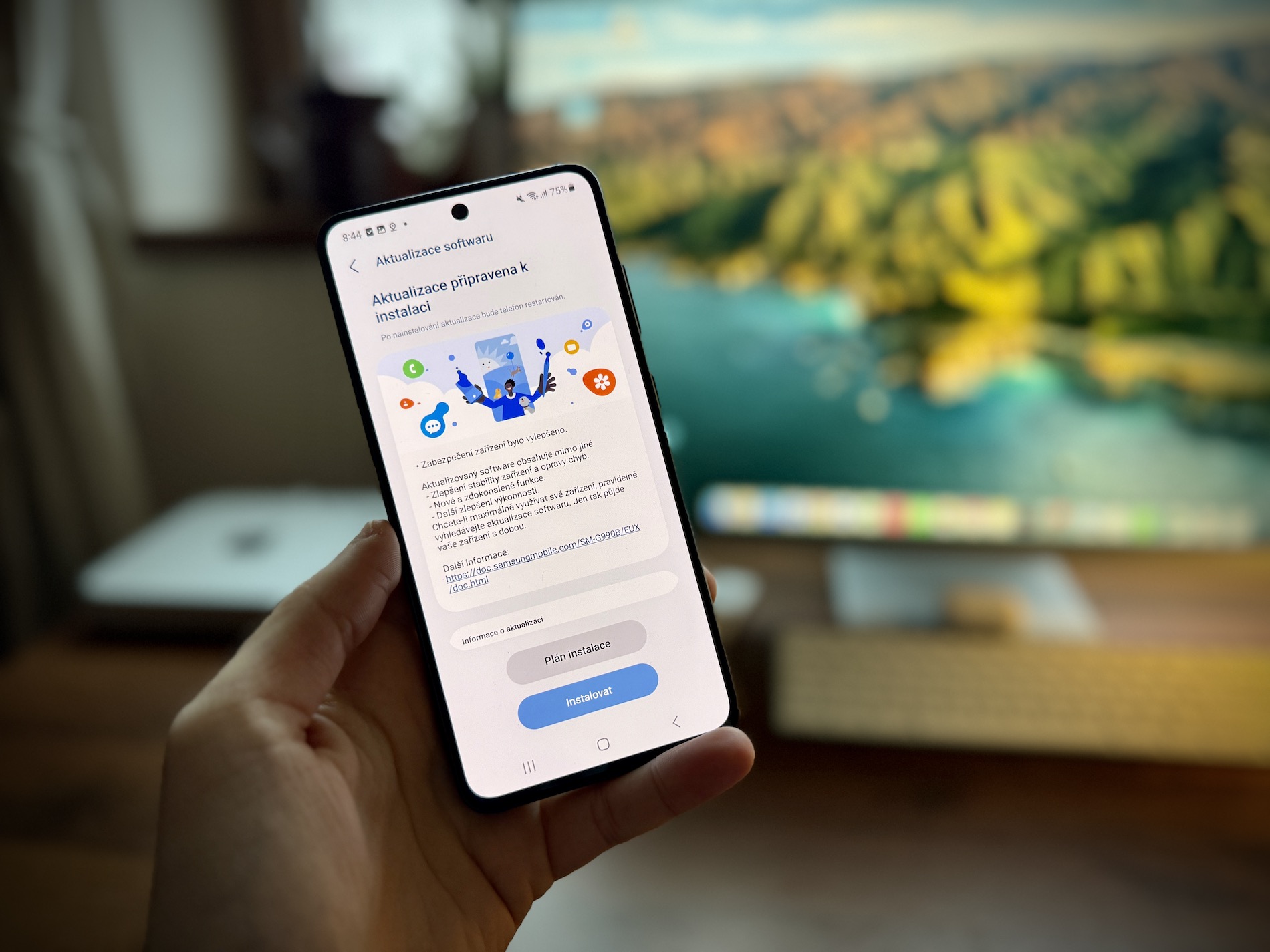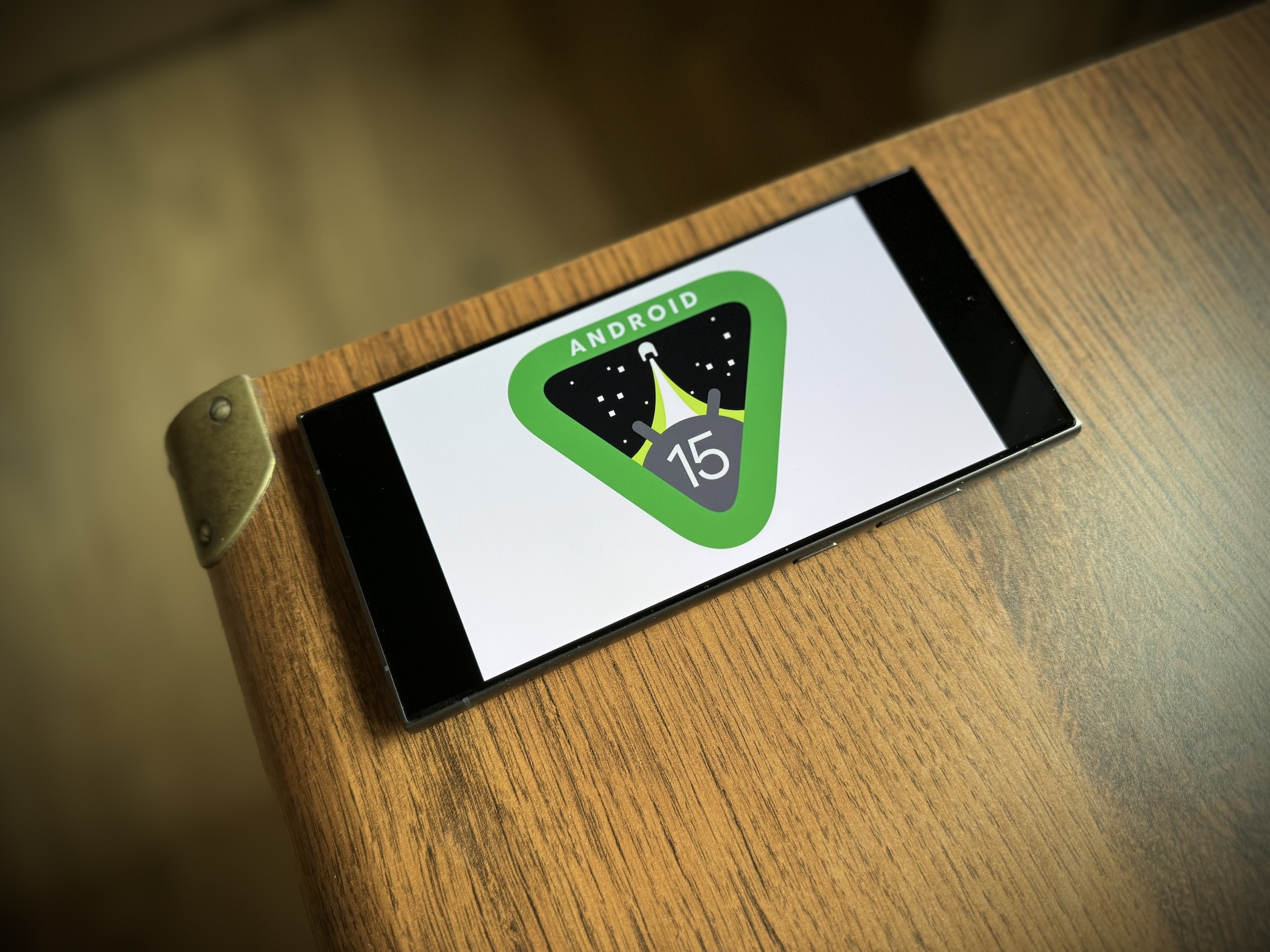Samsung states that the new Galaxy The S24 Ultra is equipped with the Quad Tele System technology, which offers four levels of magnification: 2x, 3x, 5x and 10x. The middle two are achieved through optics, the first and last through advanced image processing. This is just for approximation, Galaxy The S24 Ultra does have four real cameras on the back, but it wasn't that long ago that phones only had one.
This was the case, for example, in 2016, when Samsung arrived Galaxy S7 and S7 edge – there was a single 12MP camera with a 26mm f/1,7 lens. Although it was quite advanced with Dual Pixel autofocus and OIS, it was still tied to a single focal length. But Samsung came up with a plan to get around this limitation.
You could be interested in
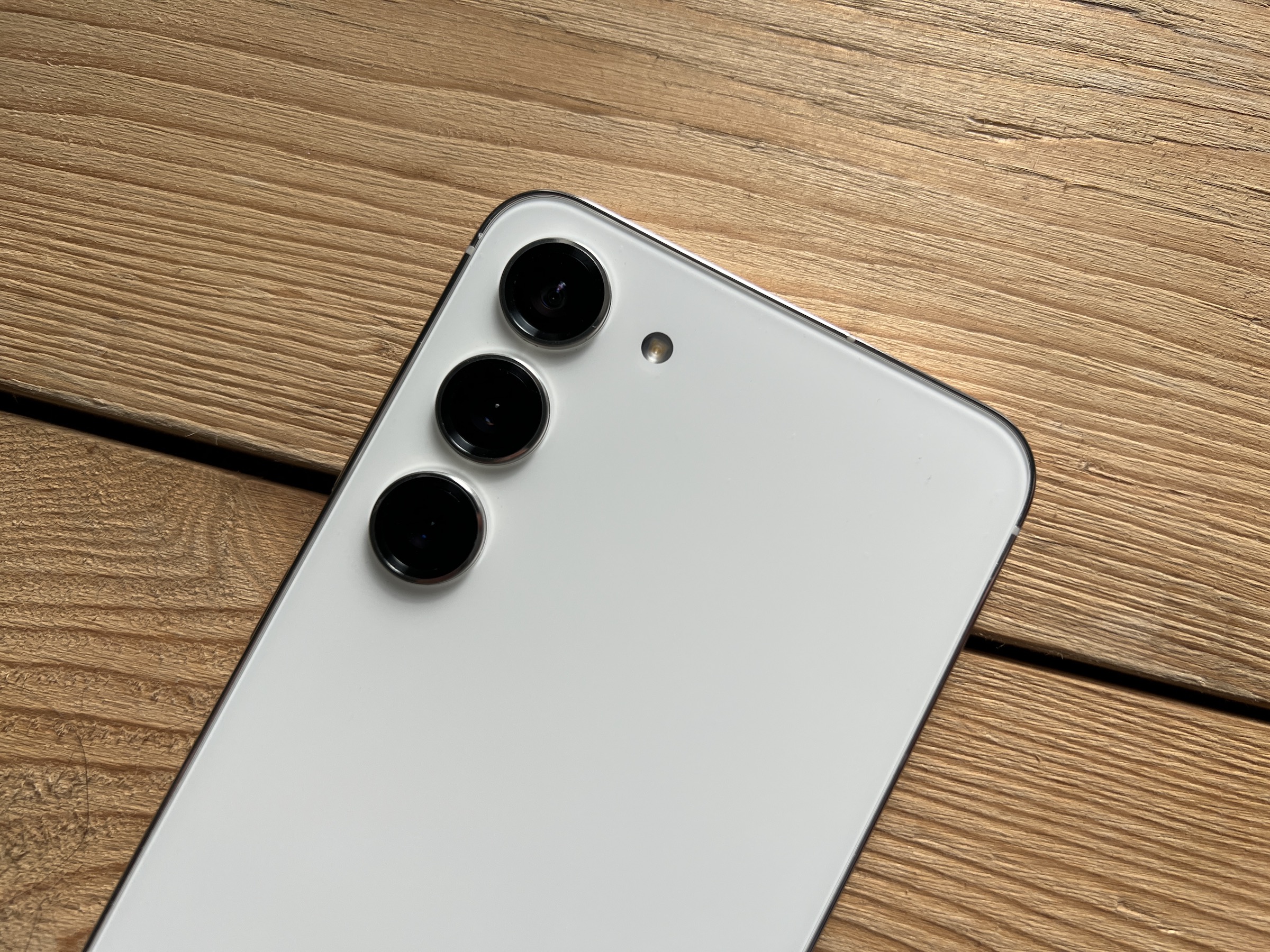
This was a special case for the S7 and S7 edge that had a lens mount. It came with two lenses, one ultra-wide (110°) and one telephoto (2x). These were high-quality lenses made of stainless steel that were securely screwed into the housing (it was designed to sit in the correct position over the phone's camera).
They were neatly packaged in a plastic cylinder and had protective covers against scratches if you only wanted to carry one of them. The same set was also available for Galaxy Note7. Of course, that was the case with a 12Mpx sensor and an old chipset, plus software written before the computer photography boom. These days digital zoom is much better thanks to improvements in all these areas.
But the strategy of additional lenses also had its ups and downs. The telephoto lens did not fare too well in the corners of the images. You could have shot in 16:9 to crop most of it, but that's always a problem with this type of lens. While the biggest problem with the telephoto lens was softness in the corners, the ultra-wide lens had its own problems in the form of geometric distortion.
You could be interested in
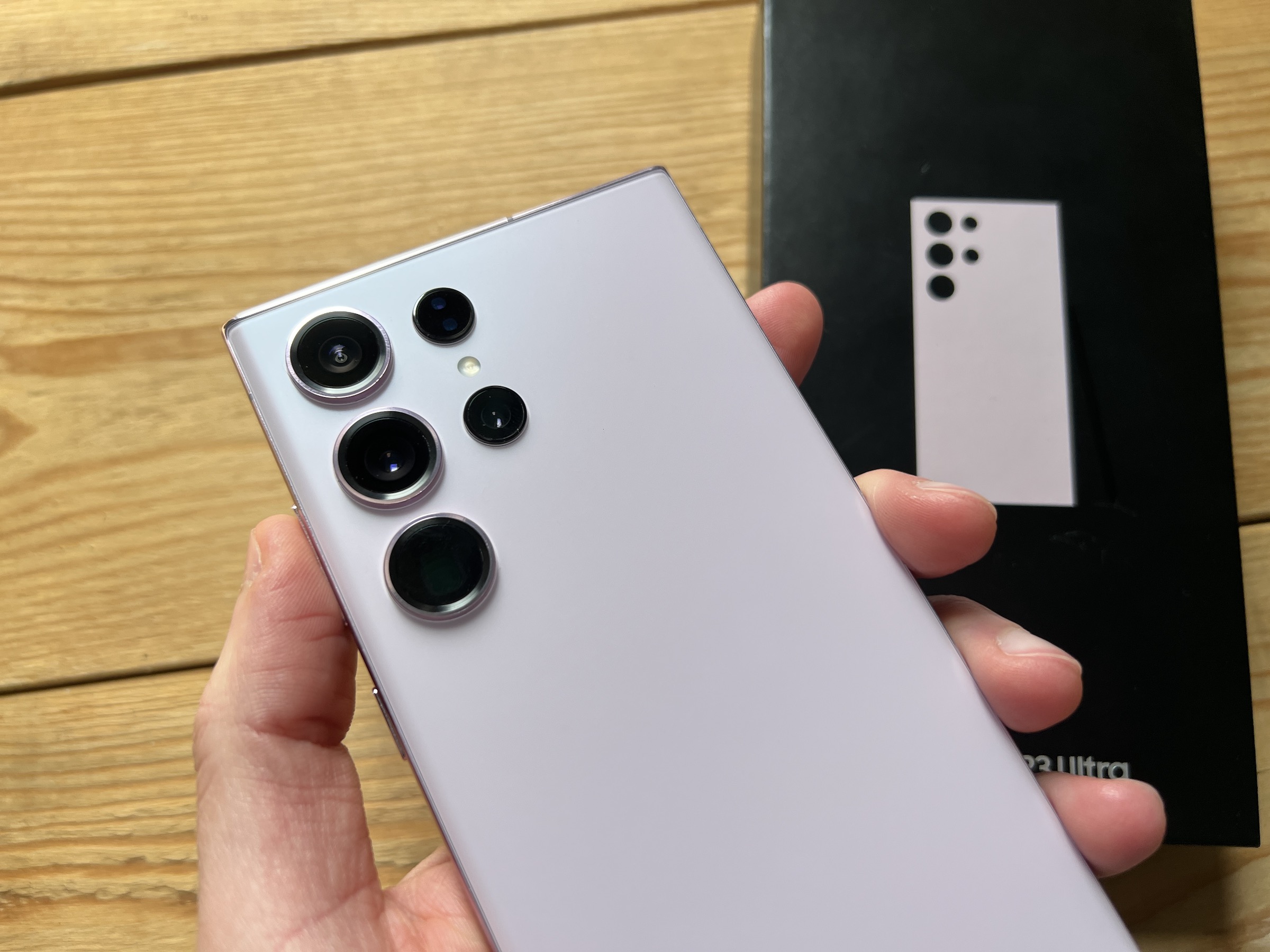
These lenses could be used for video recording, where they had a hidden advantage. Galaxy The S7 and Note7 could record 4K video, but digital zoom was only available at 1080p. With the telephoto lens, you could get 4K resolution and a closer view of the photographed object.
In the end, the idea of lenses in a case did not catch on for obvious reasons, and Samsung abandoned it after 2016. It came out the following year Galaxy The S8, which still had a single camera, but the Note8 added a 52mm (2x) telephoto lens to its toolkit, making an external 2x lens unnecessary. With the S10/Note10 generation in 2019, an ultra-wide-angle camera was added, which completely eliminated the need for external lenses.
In some cases, however, the additional hardware proved to be successful – for example, the Photography Kit system for the Xiaomi 13 Ultra was very popular. This kit also came in case form, but instead of additional lenses, it contained filters designed for the standard 67mm adapter ring. This allowed the use of neutral density (ND) and circularly polarized (CPL) filters that were large enough to cover the entire camera island. ND filters allowed the amount of light that entered the camera to be reduced without users having to change the aperture or shutter speed. CPL filters did an excellent job of reducing reflections and glare.
